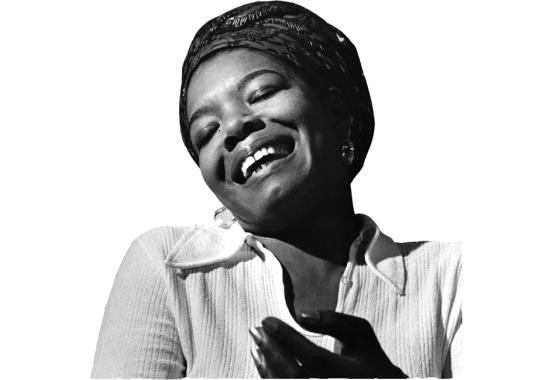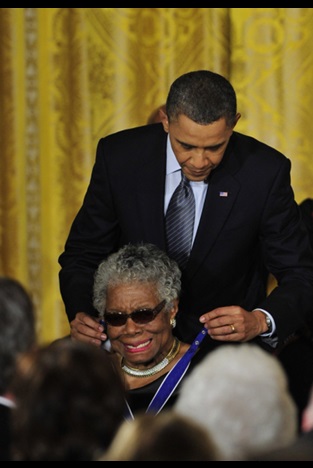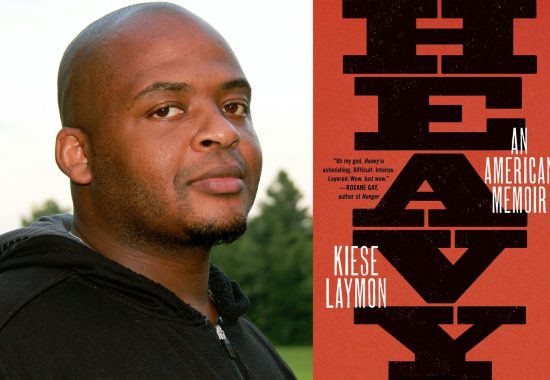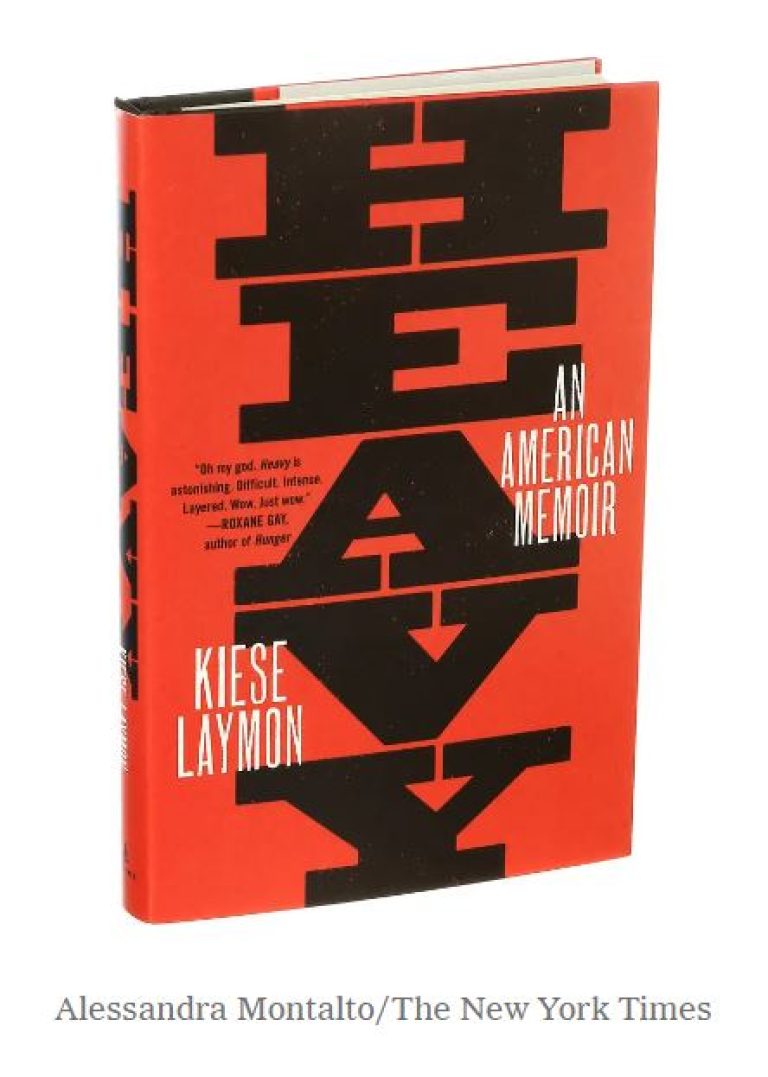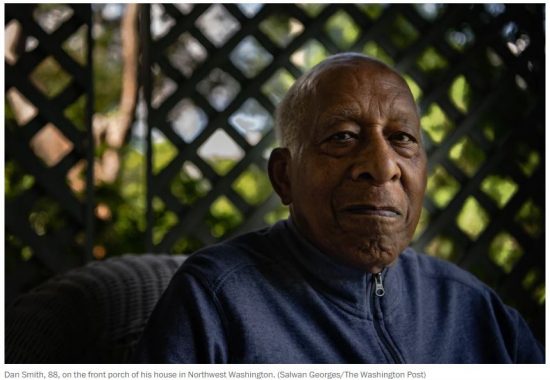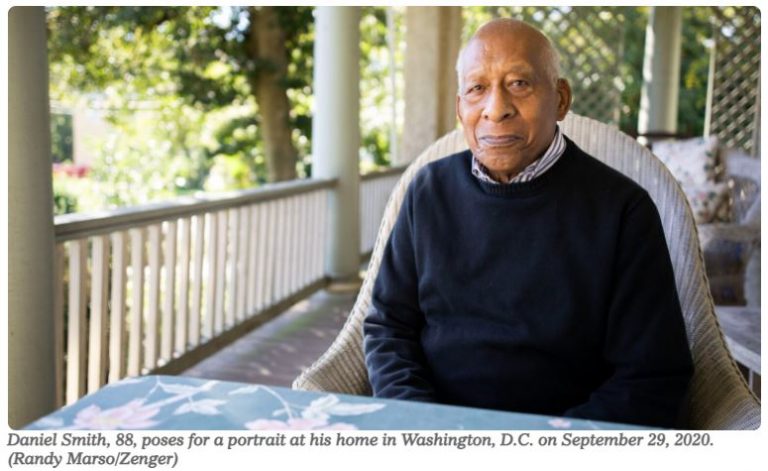By TRJ Parent Rebecca Howerd
Eartha Kitt is known for popularizing the iconic Christmas song, “Santa Baby,” as well as her role as Catwoman in the 1960s tv show, Batman. But she was so much more. Her career spanned almost 70 years, and most of those were during a time when racism and sexism created insurmountable obstacles for any Black and Native American woman pursuing a career of any kind.
Born in 1927 in South Carolina. Her mother was a Black and Cherokee sharecropper and her father, the white son of the plantation owner, did not seek a consensual relationship with her mother. Kitt picked cotton before moving to Harlem when she was 16, where she became a dancer and toured with the Katherine Dunham Company for five years.
Eartha Kitt wore a literal mask in her role as Catwoman, but how many other invisible masks did she wear in her life? Code switching is a form of masking that many find helpful while navigating workplaces and social gatherings where respectability politics control whether or not you will encounter discrimination.
Kitt went on to perform on Broadway, become a popular singer and recording artist, be nominated for two Tony Awards, write three autobiographies, and was an actor and voice actor in film and tv right up until just before her death in 2008. It’s impossible to endure the rejection (perceived or real) of a parent, the violence and discrimination caused by racism and sexism, and grow as a creative public figure without hiding parts of yourself nearly constantly in some way. But Eartha Kitt also generously took her masks off in order to advocate for marginalized groups, despite intense political and economic consequences. Most notable are her ongoing public support of the LGBTQ+ community as well as the time when she spoke against the Vietnam War at a White House luncheon in 1968. These remarks effectively ended her career in the United States for ten years, during which time her LGBT supporters kept her name alive.
Kitt performed in numerous nightclubs and was active in Civil Rights communities throughout her life. Eartha Kitt was a strong, independent artist unwilling to let discrimination dictate how far she could go.
Each person in the transracial adoption community has potentially many intersections of identity to navigate in a world that often does not honor all of them at once, and at times none at all. When is it good to have a mask on and use it as a tool? For preserving energy, for protection or for art or even just for fun?
Learn more:
● When Eartha Kitt Condemned Poverty and War at the White House
● 1982 Documentary: All By Myself, The Eartha Kitt Story
● NYT Obituary: Eartha Kitt, A Seducer of Audiences, Dies at 81






